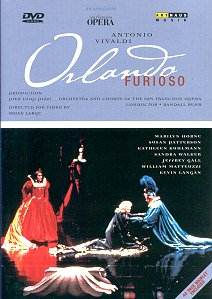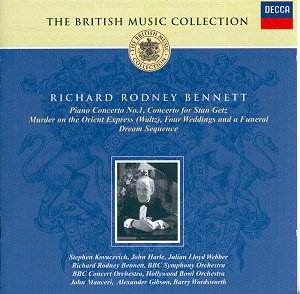 Composer: Ludwig van Beethoven
Composer: Ludwig van Beethoven
Works: Violin Concerto in D major, Opus 61; Felix Mendelssohn – Violin Concerto in E minor, Opus 64
Performers: Monica Huggett (violin), Orchestra of the Age of Enlightenment
Recording: Rec 24-25 Nov 1992, Henry Wood Hall, Southwark (Beethoven), 20-21 Oct 1992, Blackheath Concert Halls (Mendelssohn)
Label: CLASSICS FOR PLEASURE CFP 5 74878 2
Ludwig van Beethoven and Felix Mendelssohn, two titans of the violin concerto repertoire, present a fascinating juxtaposition in this recording featuring Monica Huggett and the Orchestra of the Age of Enlightenment. Beethoven, often hailed as the architect of the symphonic form, imbues his Violin Concerto with a sense of grandeur and introspection, while Mendelssohn’s work, known for its lyrical melodies and vibrant orchestration, reflects the Romantic spirit of its time. This recording encapsulates the essence of both composers, albeit with some interpretative choices that may provoke debate among listeners.
Huggett’s performance of Beethoven’s Violin Concerto intriguingly balances the roles of soloist and orchestra, eschewing the often bombastic approach of modern renditions. The orchestra’s period instruments lend a lighter texture, though this can lead to an initial dissonance with contemporary expectations. The opening timpani strikes, somewhat brittle in timbre, set a tone that diverges from the lush sound often associated with this work. However, once the movement fully unfolds, the dialogue between soloist and ensemble reveals a compelling intensity. Huggett’s cadenzas, while fittingly intricate and expressive, do not fully elevate the emotional stakes of the work, leaving the listener yearning for a more profound transcendence typical of other celebrated interpretations.
Transitioning to Mendelssohn, the violinist’s phrasing in the opening movement lacks a seamless flow, which is vital for capturing the spontaneous exuberance of the main theme. This initial hesitancy contrasts sharply with the later sections of the concerto, where Huggett’s articulation of the faster passages shines with clarity and precision. The slow movement, too, feels stilted at times, lacking the natural ebb and flow that allows Mendelssohn’s lyrical writing to breathe fully. Nonetheless, the technical proficiency displayed is commendable, and the vibrant interplay with the orchestra becomes increasingly engaging as the performance progresses.
The sound quality of this recording, refurbished for its reissue, offers an authentic glimpse into the sonic environment of the early ’90s. The engineering captures the nuances of period performance practice, creating an intimate atmosphere that aligns well with the scale of the works. Yet, the sonority of the orchestra sometimes feels underwhelming, particularly in dynamic contrasts, which could benefit from a more robust presence in the overall mix. Listeners familiar with other recordings, such as those featuring David Oistrakh or Itzhak Perlman, may find the comparative lack of dramatic weight in Huggett’s interpretations to be a point of contention.
Insights abound in this recording, particularly for those interested in historically informed performance. Huggett’s approach, while perhaps understated, reveals subtleties in phrasing and articulation that reward close listening. The balance of soloist and ensemble offers a refreshing perspective on these well-trodden works. While the performances may not serve as definitive renditions, they invite listeners to reconsider familiar repertoire through a different lens. Huggett’s artistry and the orchestra’s commitment to period style create a recording that is rich in detail and worthy of exploration, even if it does not eclipse the more impassioned interpretations available in the current catalog.



